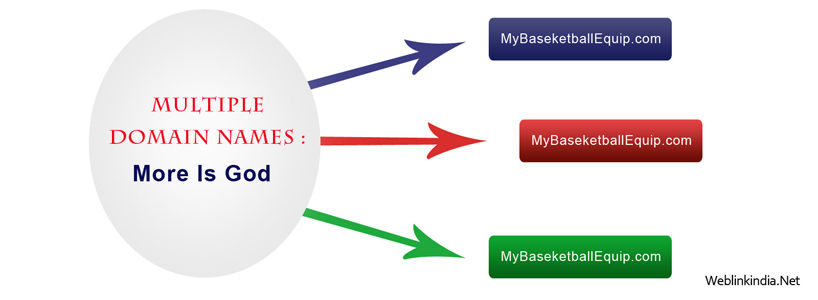After several hours of thinking and brainstorming, you must have come up with a perfect idea for a domain name. Hold your horses! It is not yet time to remove that thinking cap. Gone are the days when a person used to stick loyally to one domain name. Now, experts recommend that it is a wise strategy to use more than one domain names as this can prove extremely beneficial to the trade. Wondering how this can help the business? Read on to discover the advantages of such a proven strategy.
- Think Variety
Type in traffic can be easily routed to your website by creating a variety in the domain names. Such traffic usually types in the primary and secondary keywords in the address bar itself. The use of relevant keyword in a diverse manner in the various domain names will prove beneficial. Try and implement not only the primary keywords but also the other keywords which you think can be associated with the product or service.
- Open More Doors
Having multiple domain names is like having several entry points to your business establishment. Thus more traffic can be channeled to your website. The different domain names can be submitted as links in the content for related websites.
- Typos Can Be Advantageous
Imagine you are selling basketball equipment. Anticipate the various typo errors that people frequently commit. For e.g. you could name your primary URL as MyBasketballEquipment.com. It would be a wise strategy to have versions like MyBaseketballEquip.com and MyBasketbalEquip.com etc. You could even go a step further by using the singular and plural forms as well.
- Use The Top Level Domain Names Well
To get diversity in the domain names, you can even combine the top level domain names like .com, .org and .net with the primary and secondary keywords. This will help establish more traffic and improve the business.
To get ahead in this competitive business world, strategizing even in terms of deciding a domain name for your website is very important. It helps you gain an edge over the competition in the form of millions of websites existing on the WWW.

